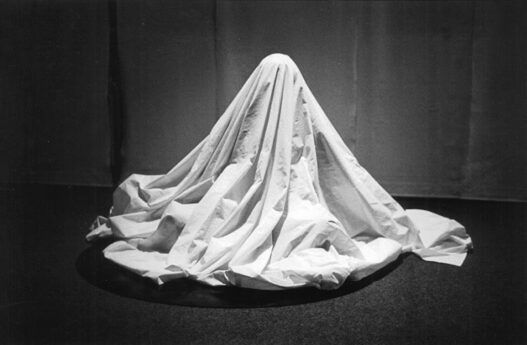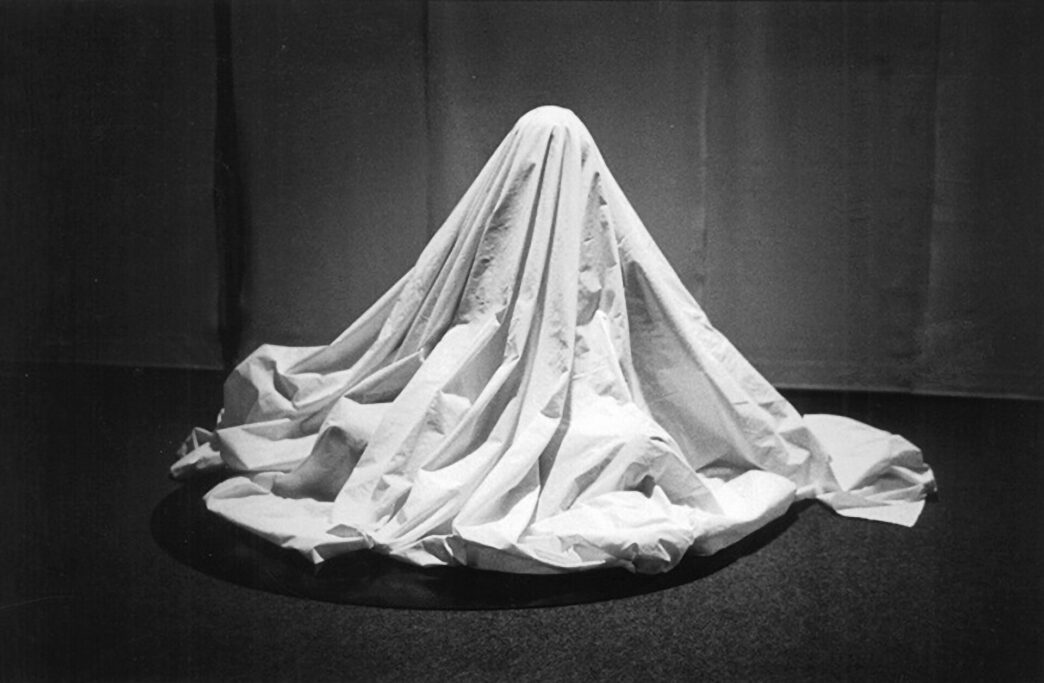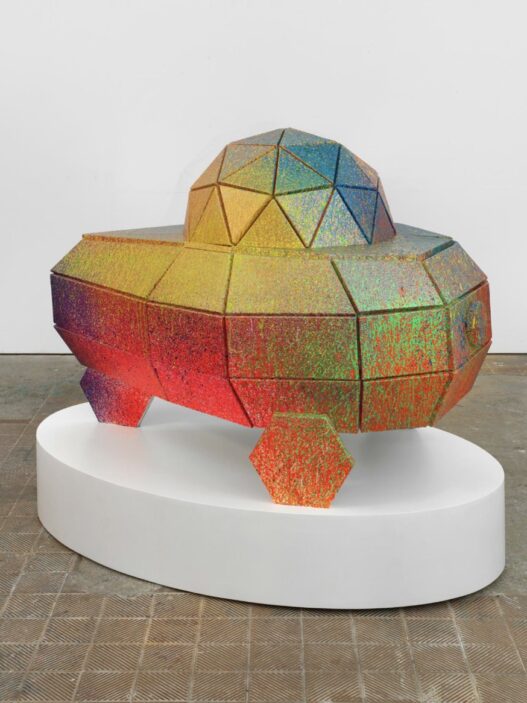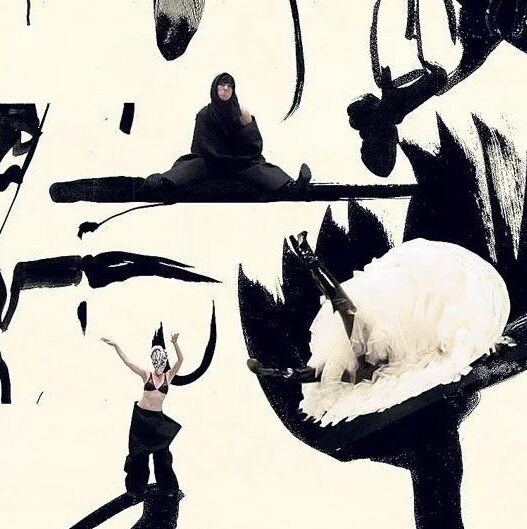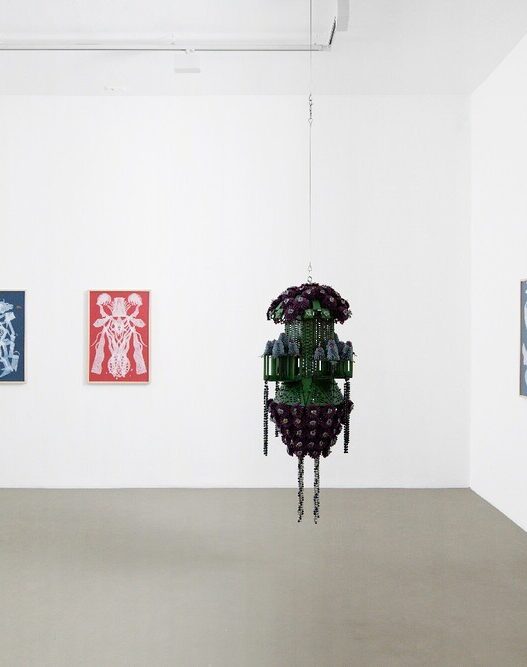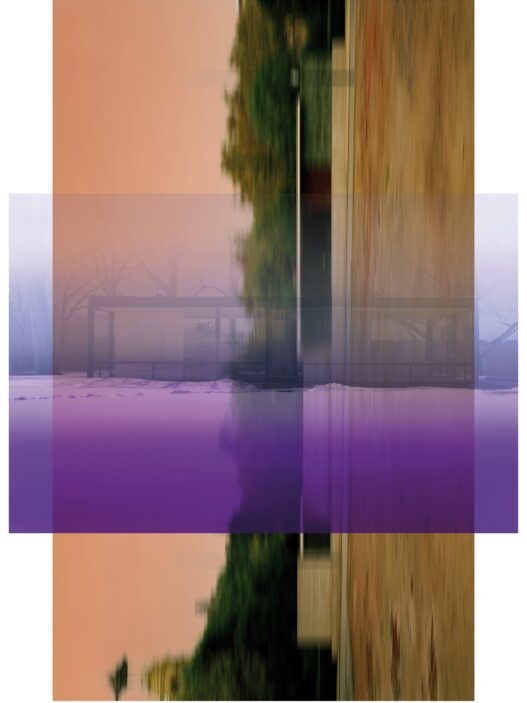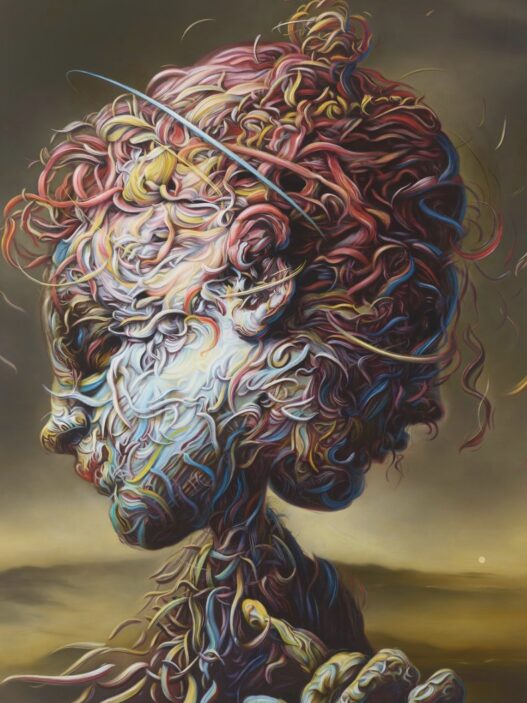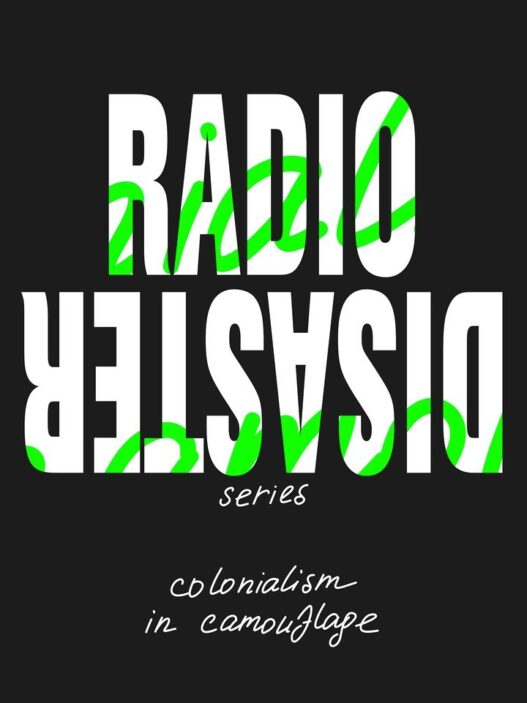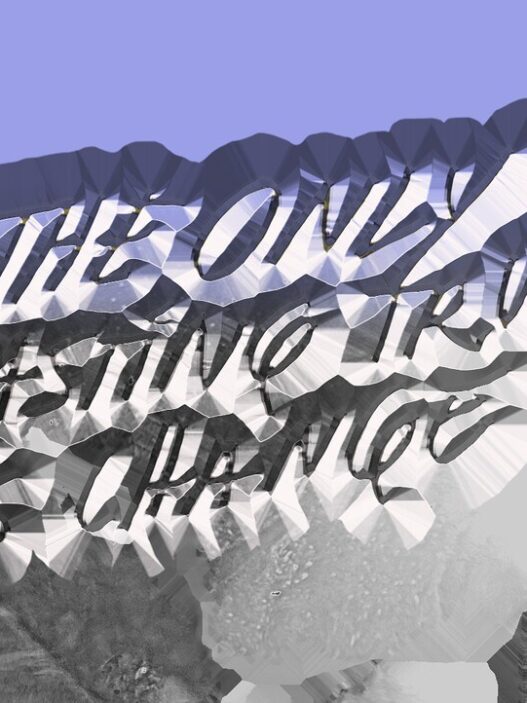October 28, 2022–April 2, 2023
The opportunity to explore Jorge Eduardo Eielson’s artistic production from the end of the 1950s to his final works is provided by the exhibition The Vertical Knot, which is devoted to the artist (Lima, 1924–Milan, 2006). In the truest meaning of the word, Eielson is one of the most radical visual artists and poets. He is also multidimensional, with a variety of ways to examine the reality in which we live through a synthesis of graphic works and cultural allusions.
This exhibition project, curated by Imma Prieto, examines the relationship between the artist’s work in the visual arts and the literary world, particularly poetry. It is retrospective in nature and unheard of in Europe. His opinions on language are featured in a stimulating conversation. When viewed as a system with equal beginnings and ends, language is one that reacts to visual and graphic codes that appeal to both reason and intuition.
He is most known in Latin America for his work as a poet from the so-called Generation of ’50, together with prominent Peruvian poets like Blanca Varela, Javier Sologuren, Sebastián Salazar Bondy, and Julio Ramón Ribeyro, who all lived in exile in Europe at the time. Andean quipus played a significant role in Jorge Eduardo Eielson’s development of a sophisticated and dynamic body of work that was presented in a unique conversation with elements of Pre-Columbian Peruvian culture. Over a thousand years ago, the Andes used systems of knotted rope called quipus to record narratives as well as accounting-related information. When meanings are codified and decoded, they use a sort of paperless script that combines tactile and visual experiences.
The first piece of visual art created by Eielson is based on a meditation on landscape, which is interpreted to symbolize the point at which it is possible to understand other ways of thinking. He gradually focused on simplification and synthesis, giving the quipu a presence of its own and putting it in conversation with color. The knot would be referred to as a formula for universal representation, carrying with it the complexity that, when viewed as a whole, characterizes all human cultures.
His research helped him imagine space and how certain elements can inhabit it based on a series of tensions pointing offstage as the 1970s drew near.
He maintained a conversation between pre-Columbian culture and Mediterranean mythology throughout his career, which he spent primarily in Italy. The artist looks to the stars or space as places where all beings, not just humans, need to learn and know in order to find the universal location that unifies all human beings through this connection between the two cultures.
In the 1970s, when he participated in documenta 5, which is regarded as one of the most significant of the 20th century, the 72nd Venice Biennale, and even the Munich Olympics, his visual work quickly attracted attention (interrupted by the terrorist attack).
Es Baluard Museu d’Art Contemporani de Palma
Plaça de la Porta de Santa Catalina, 10
07012 Palma Illes Balears
Spain
Hours: Tuesday–Saturday 10am–8pm,
Sunday 10am–3pm
T +34 971 90 82 00
F +34 971 90 82 03
museu@esbaluard.org









